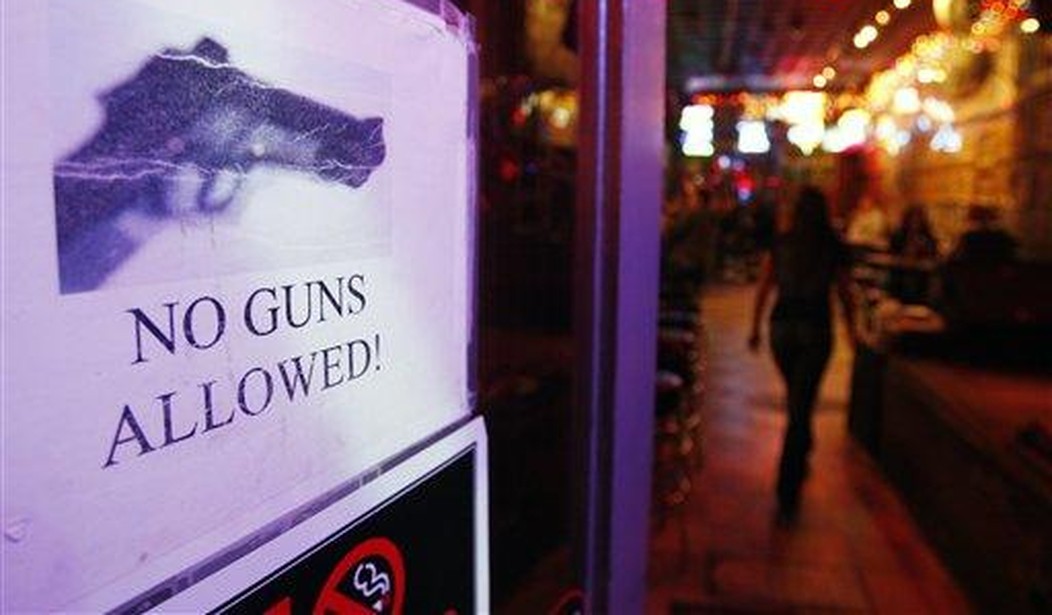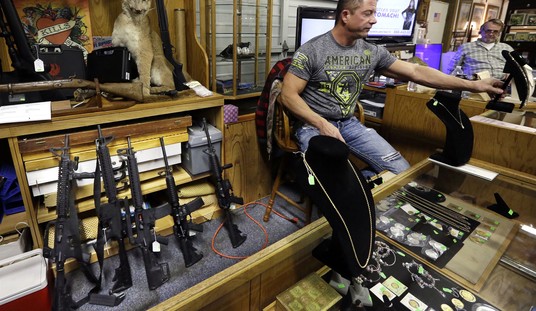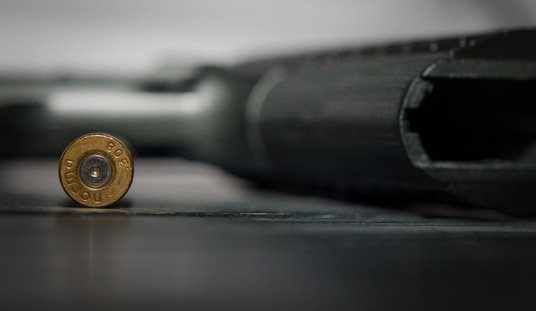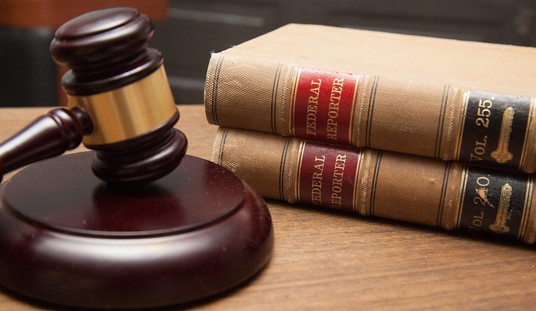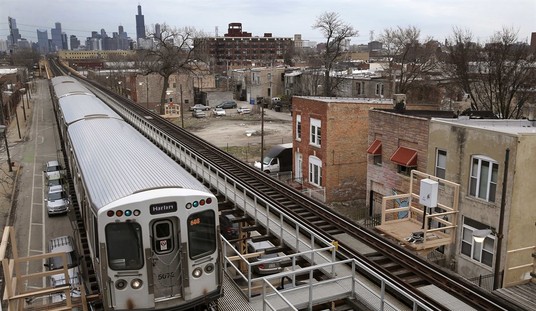Crime in Montgomery County, Maryland has been trending upwards over the past couple of years, though things aren’t as violent as they are in neighboring Washington, D.C. Still, homicides doubled in 2021 compared to the year before, and the county’s top law enforcement official reported earlier this year that while murders have plateaued this year, non-fatal shootings have more than doubled.
No wonder, then, that the county has seen an influx of residents seeking a concealed carry license in the wake of the dismissal of the state’s requirement that applicants first demonstrate a “good and substantial reason” to do so. After the Supreme Court struck down New York’s similar “may issue” law in June, Gov. Larry Hogan directed the state police to quit asking applicants why they needed to do so, and since then carry applications have soared across Maryland.
About the same time that the governor ordered that change, officials in Montgomery County announced that they would soon be implementing their own response to the Bruen decision; one that was all about preventing lawful concealed carry rather than protecting the practice. Council members have been working behind the scenes for months on legislative language, and while the full council has yet to consider the revised language, the county council’s Public Safety Committee took a look at the proposed ordinance today, including language that seems designed to invite a court challenge.
The PS Committee will review Expedited Bill 21-22, which would prohibit the possession of firearms in or near places of public assembly, with certain exemptions. In addition, the bill would remove an exemption that allows individuals with certain handgun permits to possess handguns within 100 yards of a place of public assembly.
The goal of this bill is to reduce gun violence in Montgomery County. The lead sponsor is Council President Albornoz. All other Councilmembers are cosponsors.
In the recent U.S. Supreme Court decision of New York State Rifle & Pistol Assn. v. Bruen, Superintendent of new York State Police, the Supreme Court overturned a requirement of New York’s handgun carry law. The New York law had required an applicant for a handgun carry license to show proper cause for the license, and the Supreme Court held that the requirement violated the Second Amendment’s right to bear arms. The Court explained, however, that longstanding laws forbidding the carrying of firearms in sensitive places such as schools and government buildings are constitutionally permissible.
Like New York, Maryland has a proper-cause requirement for wear-and-carry handgun licenses. Gov. Larry Hogan, in response to Bruen, instructed the Maryland State Police not to enforce the proper-cause element of the Maryland law. As a result of the Supreme Court ruling and Governor Hogan’s order to the Maryland State Police, more individuals in Maryland likely will carry firearms, regardless of whether the individuals have any good or substantial reason to carry them.
In essence, not only would the proposal ban concealed carry in a host of places that aren’t likely to be considered “sensitive” like public parks, churches, and other places of “public assembly” (currently defined by the county as “a place where the public may assemble, whether the place is publicly or privately owned”), but the lawful carrying of a firearm near those locations as well.
The laundry list of “sensitive places” is already ripe for a court challenge, but the council members seem intent to go even further in making it a criminal offense for concealed carry licensees to get within 100 yards of a school, park, hospital, daycare facility, conference center, church, library, recreational facility, and even “a gathering of individuals to collectively express their constitutional right to protest or assemble.” In doing so, the council members are going to make broad swathes of the county a “gun-free zone,” which is precisely what SCOTUS warned New York not to do in the Bruen decision (text bolded be me for emphasis).
… we do think respondents err in their attempt to characterize New York’s proper-cause requirement as a “sensitive-place” law. In their view, “sensitive places” where the government may lawfully disarm law-abiding citizens include all “places where people typically congregate and where law-enforcement and other public-safety professionals are presumptively available.”
It is true that people sometimes congregate in “sensitive places,” and it is likewise true that law enforcement professionals are usually presumptively available in those locations. But expanding the category of “sensitive places” simply to all places of public congregation that are not isolated from law enforcement defines the category of “sensitive places” far too broadly.
Respondents’ argument would in effect exempt cities from the Second Amendment and would eviscerate the general right to publicly carry arms for self-defense that we discuss in detail below. Put simply, there is no historical basis for New York to effectively declare the island of Manhattan a “sensitive place” simply because it is crowded and protected generally by the New York City Police Department.
According to Maryland Shall Issue, a county attorney is recommending amending the current definition of “public assembly” to remove the overly broad language about any place, publicly or privately owned, where the public might assemble, but that alone won’t rectify the problem. Many of the specific locations labeled “sensitive places” aren’t given heightened security by county officials, and law enforcement may not even be presumptively available. There certainly aren’t police officers regularly stationed at every park in Montgomery County, nor are there officers assigned to every church service on Sunday morning.
The current list of “sensitive places” aren’t likely to withstand court scrutiny, but now the county is likely to double down by expanding that definition to include a 100-yard bubble around every designated “gun-free zone”. If they do move forward with their anti-self defense measure, Second Amendment groups will be lining up to take down that new ordinance just as soon as it’s signed into law, and I think they’ll have the odds and the courts in their favor.

